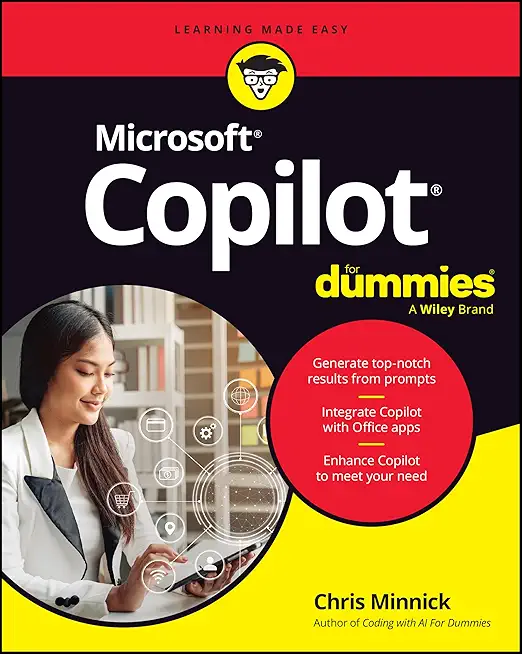VMware vSphere 5.0 with ESXi and vCenter (Boot Camp) Training in Karlsruhe, Germany
|
We offer private customized training for groups of 3 or more attendees.
|
||
Course Description |
||
| This powerful 5-day 10hr/day class is an intensive introduction to VMware vSphere 5 including VMware ESX 5 and vCenter. Assuming no prior virtualization experience, this class starts with the basics and rapidly progresses to advanced topics. 40+% of class time is devoted to labs so concepts, skills and best practices are developed and reinforced. Labs start with installation and configuration of stand-alone ESXi servers and progress to shared storage, networking and centralized management. The class continues to advanced topics including resource balancing, high availability, power management, back up and recovery, performance, vCenter redundancy, VM redundancy. Disaster recovery, rapid deployment, hot migration and workload consolidation are also covered. This class is unique in its approach; which is to identify and eliminate common IT pain points and then to use virtualization to deliver clear, tangible benefits. Each topic is presented from the perspective of delivering key business value; not just the technical or mechanical aspects of the software. By the end of the class, attendees will have learned the benefits, skills, and best practices of virtualization. Attendees will be able to design, implement, deploy, configure, monitor, manage and troubleshoot VMware vSphere 5.0.
Course Length: 5 Days
Course Tuition: $3250 (US) |
||
Prerequisites |
|
| System Architects, security specialists, analysts, back-up and storage administrators. Prerequisites: Attendees should have user, operator or administrator experience on common operating systems such as Microsoft Windows, Linux, UNIX, etc. Experience installing, configuring and managing operating systems, storage systems and or networks is useful but not required. All attendees should have a basic familiarity with PC server hardware, disk partitioning, IP addressing, O/S installation, networking, etc. | |
Course Outline |
|
1. Introduction to vSphere 5.0
2. VMware ESXi 5.0
3. Virtual Networking
4. NAS/NFS
5. Virtual Machines
6. vCenter
7. Templates, Clones
7.1 Advanced Virtual Hardware
8. Permissions
9. Shared Storage
10. VMware File System
11. Alarms
12. Host Profiles
13. Resource Management & Resource Pools
14. VMware vSphere Converter Standalone
15. Data Recovery
16. VM Migration
17. DRS
17.1 Power Management
18. VMware HA
18.1 VMware FT
19. Update Manager
20. Peformance
21. Linked Mode
|
Course Directory [training on all levels]
- .NET Classes
- Agile/Scrum Classes
- AI Classes
- Ajax Classes
- Android and iPhone Programming Classes
- Blaze Advisor Classes
- C Programming Classes
- C# Programming Classes
- C++ Programming Classes
- Cisco Classes
- Cloud Classes
- CompTIA Classes
- Crystal Reports Classes
- Design Patterns Classes
- DevOps Classes
- Foundations of Web Design & Web Authoring Classes
- Git, Jira, Wicket, Gradle, Tableau Classes
- IBM Classes
- Java Programming Classes
- JBoss Administration Classes
- JUnit, TDD, CPTC, Web Penetration Classes
- Linux Unix Classes
- Machine Learning Classes
- Microsoft Classes
- Microsoft Development Classes
- Microsoft SQL Server Classes
- Microsoft Team Foundation Server Classes
- Microsoft Windows Server Classes
- Oracle, MySQL, Cassandra, Hadoop Database Classes
- Perl Programming Classes
- Python Programming Classes
- Ruby Programming Classes
- Security Classes
- SharePoint Classes
- SOA Classes
- Tcl, Awk, Bash, Shell Classes
- UML Classes
- VMWare Classes
- Web Development Classes
- Web Services Classes
- Weblogic Administration Classes
- XML Classes
- ASP.NET Core MVC (VS2022)
6 October, 2025 - 7 October, 2025 - RED HAT ENTERPRISE LINUX AUTOMATION WITH ANSIBLE
15 September, 2025 - 18 September, 2025 - VMware vSphere 8.0 Skill Up
27 October, 2025 - 31 October, 2025 - Object Oriented Analysis and Design Using UML
20 October, 2025 - 24 October, 2025 - Linux Fundaments GL120
22 September, 2025 - 26 September, 2025 - See our complete public course listing






